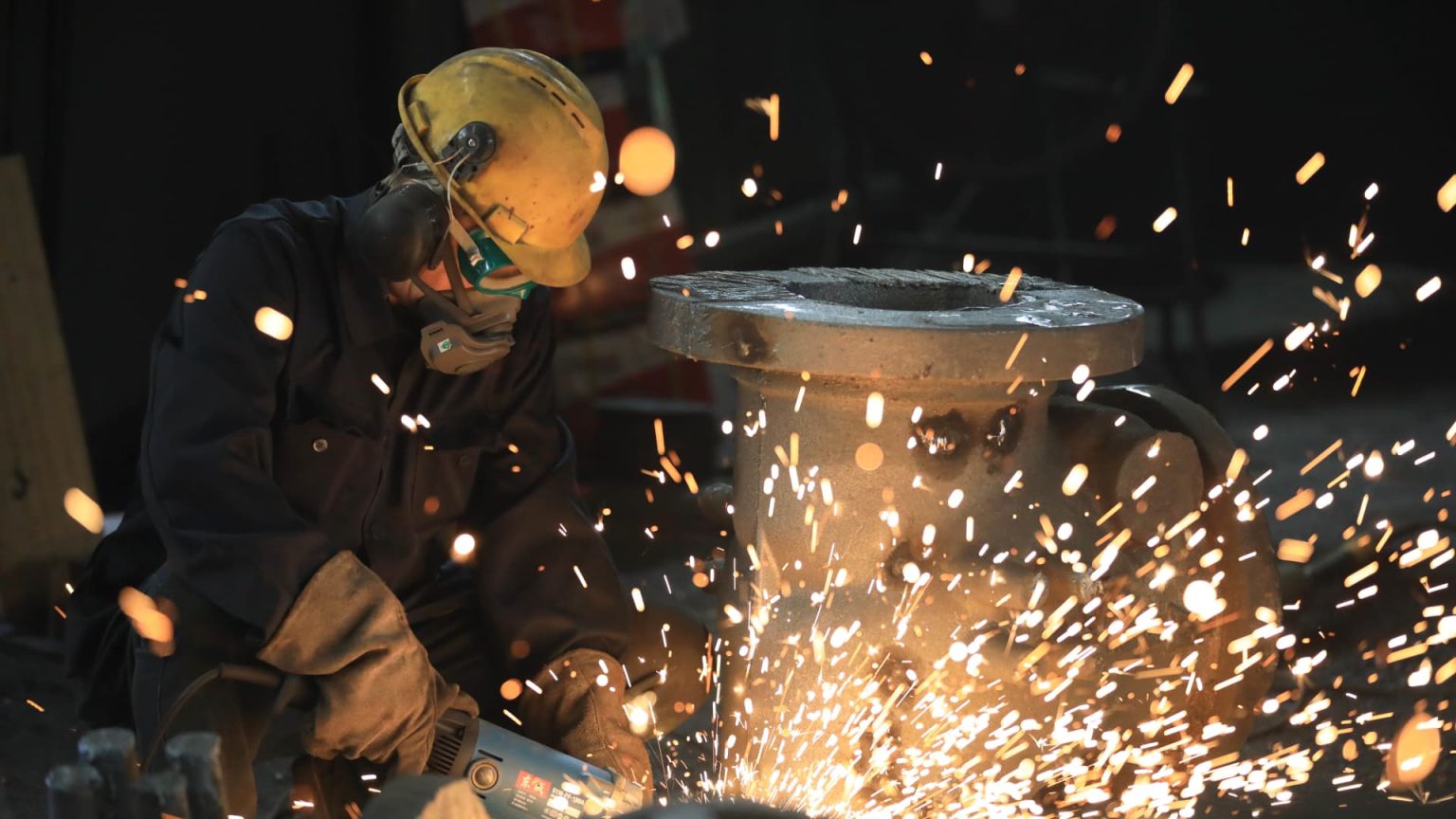China’s retail sales exceeded expectations in May, with a 3.7% increase compared to the previous year, higher than the 3% rise projected by economists in a Reuters poll. However, other economic indicators such as industrial output and fixed asset investment fell short of expectations. Industrial output grew by 5.6% year-on-year, below the anticipated 6% increase, while fixed asset investment rose by 4%, just below the forecasted 4.2%. The National Bureau of Statistics reported that total retail sales reached 3.92 trillion yuan ($540.32 billion), with sales in urban areas rising by 3.7% and rural areas by 4.1%. However, the miss in fixed asset investment was attributed to a sharper decline in real estate investment.
On the labor front, the urban unemployment rate remained unchanged at 5% in May, compared to April, and was down by 0.2 percentage points from the previous year. China’s exports performed well, growing by 7.6% in U.S. dollar terms in May, outpacing the Reuters forecast of a 6% increase. However, imports fell short of expectations, rising by only 1.8%. Loan data released also indicated subdued demand, with outstanding yuan loans increasing by 9.3% in May compared to the previous year, the slowest growth on record since 1978. Additionally, M1 money supply, which includes cash in circulation and demand deposits, decreased by 4.2% year-on-year in May, the largest decline on record since 1986.
Goldman Sachs analysts noted that a state media outlet linked to China’s central bank cited a crackdown on fake loans and outflows related to wealth management products as reasons for the slowdown in M1 growth. Inflation data for May showed that consumer prices, excluding food and energy, rose by 0.6% from a year ago. Despite the strong retail sales performance in May, other economic indicators such as industrial output and fixed asset investment fell short of expectations. Industrial output grew by 5.6% year-on-year, missing the expected 6% increase, while fixed asset investment rose by 4%, slightly below the forecasted 4.2%.
The National Bureau of Statistics reported that total retail sales reached 3.92 trillion yuan ($540.32 billion), with sales in urban areas up by 3.7% and rural areas by 4.1%. However, the decline in fixed asset investment was driven by a sharper drop in real estate investment. Meanwhile, the urban unemployment rate remained steady at 5% in May, unchanged from April and lower than the previous year. China’s exports performed well, growing by 7.6% in U.S. dollar terms in May, surpassing the 6% forecast. However, imports were below expectations, rising by only 1.8%. Loan data also indicated weak demand, with outstanding yuan loans increasing by 9.3% in May compared to the previous year, the slowest growth on record since 1978.
M1 money supply, which includes cash in circulation and demand deposits, declined by 4.2% year-on-year in May, the highest decrease on record since 1986. Goldman Sachs analysts pointed to a crackdown on fake loans and outflows related to wealth management products as reasons for the slowdown in M1 growth. Inflation data for May showed a 0.6% increase in consumer prices, excluding food and energy, compared to the previous year. Despite the positive retail sales performance in May, other economic indicators such as industrial output and fixed asset investment fell short of expectations. Industrial output grew by 5.6% year-on-year, falling short of the anticipated 6% increase, while fixed asset investment rose by 4%, slightly below the predicted 4.2%.
The National Bureau of Statistics reported that total retail sales reached 3.92 trillion yuan ($540.32 billion), with urban sales rising by 3.7% and rural sales by 4.1%. The decline in fixed asset investment was largely due to a more significant drop in real estate investment. Meanwhile, the urban unemployment rate remained unchanged at 5% in May from April and was down by 0.2 percentage points from the previous year. China’s exports continued to perform well, with a 7.6% increase in May in U.S. dollar terms, exceeding the 6% forecast. However, imports were below expectations, rising by only 1.8%. Loan data also suggested weak demand, with outstanding yuan loans rising by 9.3% in May compared to the previous year, the slowest growth since 1978.
M1 money supply, which includes cash in circulation and demand deposits, dropped by 4.2% year-on-year in May, the steepest decline since 1986. Goldman Sachs analysts pointed to a crackdown on fake loans and outflows linked to wealth management products as the cause of the slowdown in M1 growth. Inflation data for May showed a 0.6% increase in consumer prices, excluding food and energy, compared to the previous year. Despite the strong retail sales performance in May, other economic indicators such as industrial output and fixed asset investment missed expectations. Industrial output grew by 5.6% year-on-year, falling short of the 6% forecast, while fixed asset investment increased by 4%, slightly below the expected 4.2%.
The National Bureau of Statistics reported that total retail sales reached 3.92 trillion yuan ($540.32 billion), with urban sales increasing by 3.7% and rural sales by 4.1%. The decline in fixed asset investment was largely driven by a more significant drop in real estate investment. On the labor front, the urban unemployment rate remained at 5% in May, unchanged from April and down by 0.2 percentage points from the previous year. China’s exports continued to perform well, with a 7.6% increase in May in U.S. dollar terms, surpassing the 6% forecast. However, imports fell short of expectations, rising by only 1.8%. Loan data also indicated subdued demand, with outstanding yuan loans rising by 9.3% in May compared to the previous year, marking the slowest growth since 1978.


